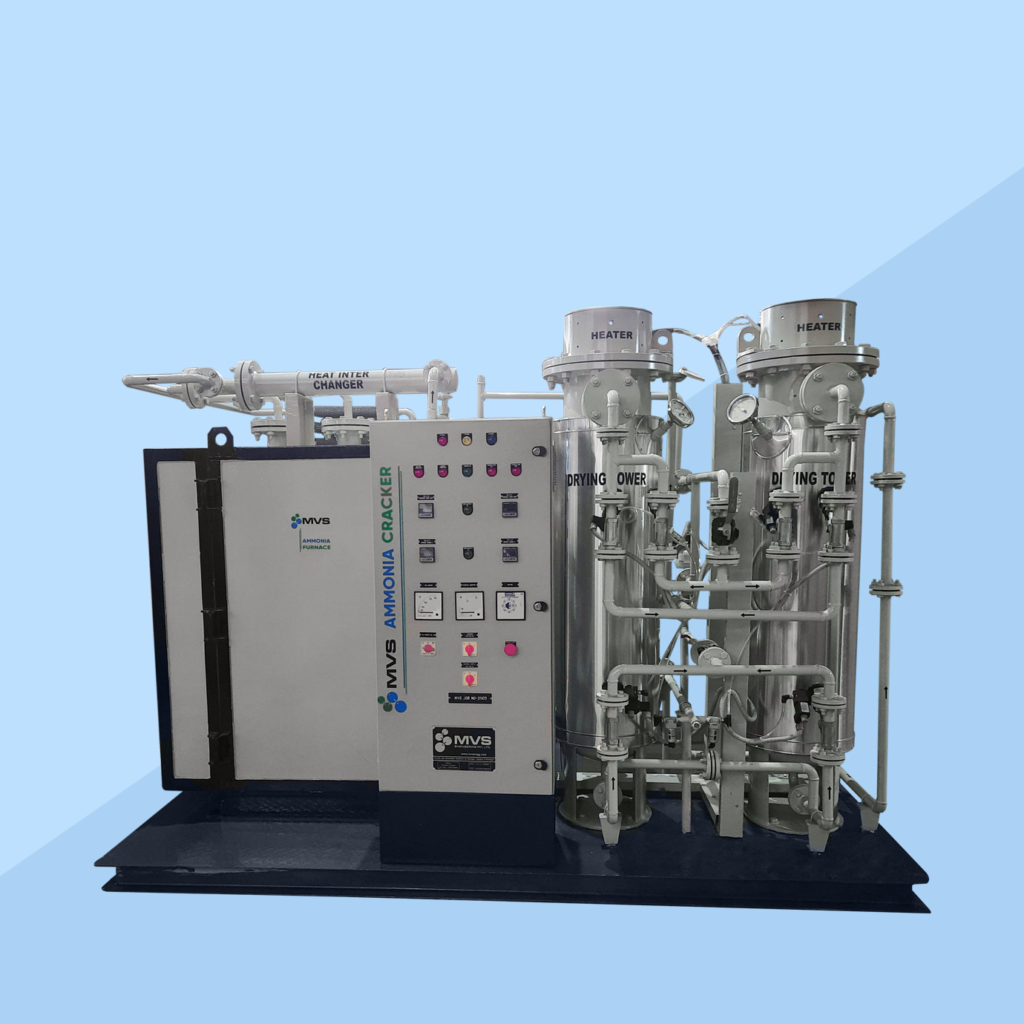
Water is composed of hydrogen and oxygen, with the formula H2O. Thus, water serves as a prime source of producing pure hydrogen. Water electrolysis is the scientific process adopted by MVS Engineering Pvt. Ltd for the industrial production of hydrogen. Water is filled in the electrolysis chamber to produce gaseous hydrogen and oxygen, catalyzed by electric current passing through the water. Bipolar high-pressure technology is used for carrying on this scientific procedure.
Benefits of the water electrolysis process;
A larger quantity of hydrogen –
The single electrolyzer manufactured by MVS Engineering has a production capacity of 0.25 Nm3/hr – 500 Nm3/hr. Thus, users can choose the device according to their requirements. If anyone needs a higher quantity of hydrogen production, they can use multiple electrolyzers that are connected by a common subsystem.
Useful byproduct –
Pure oxygen is also produced through water electrolysis, though in much lesser quantity compared to hydrogen. A thin membrane called Proton Exchange Membrane (PEM) separates the cathode and anode to prevent the mixing of hydrogen and oxygen.
Low-cost source –
Deionized water is used in this process to produce pure oxygen on the anode side of the electrolysis chamber. DC power is needed to pass through this water for electrolysis, which is also easily available at a cheaper cost. Hence, this procedure is an affordable way of producing hydrogen in bulk quantities for industrial use.
Also Read
MVS Engineering has chosen a compact design for the electrolyzer unit that decomposes water into hydrogen and oxygen. High pressure of 15 Bar is applied to accomplish this simple process of water electrolysis very quickly. No extra compressor is needed for small and medium-level productions of hydrogen. However, large quantities of hydrogen may need a compressor for industrial production of ammonia, fertilizers, and other related end products.

